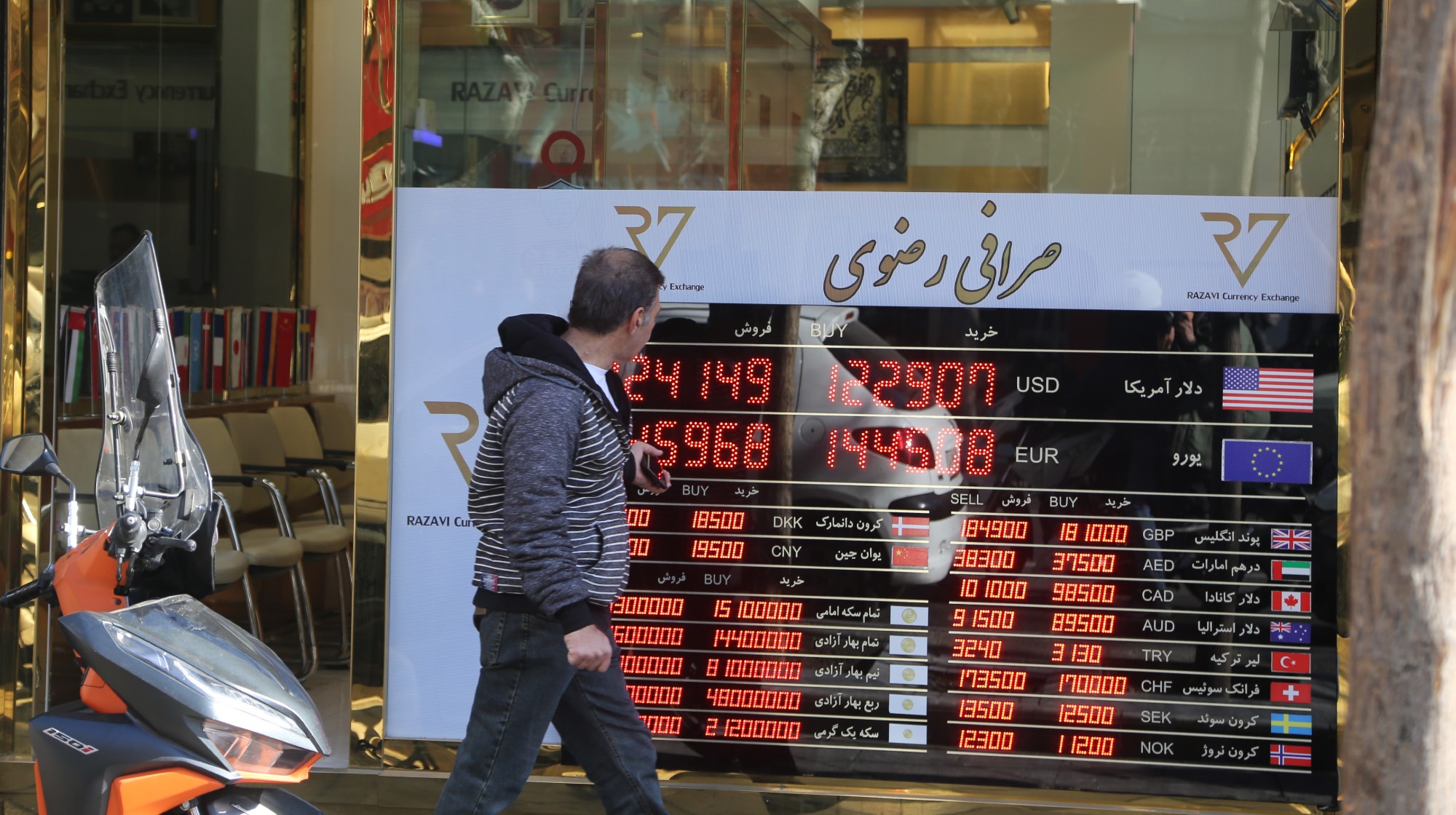Monet/Lichtenstein: Rouen Cathedrals
At the Boston Museum of Fine Arts, Claude Monet's series of paintings of France's Rouen Cathedral come face-to-face with those by Roy Lichtenstein.
Museum of Fine Arts, Boston
Through Sept. 25
What an unlikely matchup, said Chris Bergeron in the Milford, Mass., Daily News. “The founder of French impressionism,” Claude Monet “was infatuated with colors richer than anything found in nature.” Meanwhile, Roy Lichtenstein mashed up “advertising and comic-book imagery to forge a distinctly American style.” Two different worlds, yet Boston’s Museum of Fine Arts has brought them together by focusing on one curious thematic overlap: their depictions of France’s Rouen Cathedral. In the early 1890s, Monet brought his obsession with changing light conditions to bear on this iconic edifice, painting 30 canvases meant to “capture the dance of sunlight across its façade,” from morning to night and in varying weather conditions. Several decades later, Lichtenstein painted a pop-art riff on Monet’s series, “transforming its brilliant colors into his signature pixel-like dots.” Cleverly, the curators have forged a painterly “face-off” of sorts, with works from both series hung side by side.
The Week
Escape your echo chamber. Get the facts behind the news, plus analysis from multiple perspectives.

Sign up for The Week's Free Newsletters
From our morning news briefing to a weekly Good News Newsletter, get the best of The Week delivered directly to your inbox.
From our morning news briefing to a weekly Good News Newsletter, get the best of The Week delivered directly to your inbox.
The Lichtenstein series has its charms, said Sebastian Smee in The Boston Globe. For one thing, the pop artist’s Rouen “has an inbuilt pathos akin to a grinning boy flexing his biceps in front of Muhammad Ali.” But the real thrill here is the chance to stand in front of five of Monet’s greatest canvases, works in which he galvanizes “a veritable orchestra of independent colors to achieve his naturalistic effects.” What struck me most was the emotional complexity Monet attained with these paintings, which are often dismissed as gauzy celebrations of color and light. There’s that too. “But Monet’s light here, more than in any of his other paintings, also has a corrosive, acidic quality, which nibbles away at these medieval monuments, turning their surfaces into encrusted, pockmarked ruins.” Rouen’s towers are colorful, yes. Yet they’re also “harbingers of death.”
A free daily email with the biggest news stories of the day – and the best features from TheWeek.com
-
 ‘Let 2026 be a year of reckoning’
‘Let 2026 be a year of reckoning’Instant Opinion Opinion, comment and editorials of the day
-
 Why is Iran facing its biggest protests in years?
Why is Iran facing its biggest protests in years?TODAY’S BIG QUESTION Iranians are taking to the streets as a growing movement of civic unrest threatens a fragile stability
-
 How prediction markets have spread to politics
How prediction markets have spread to politicsThe explainer Everything’s a gamble